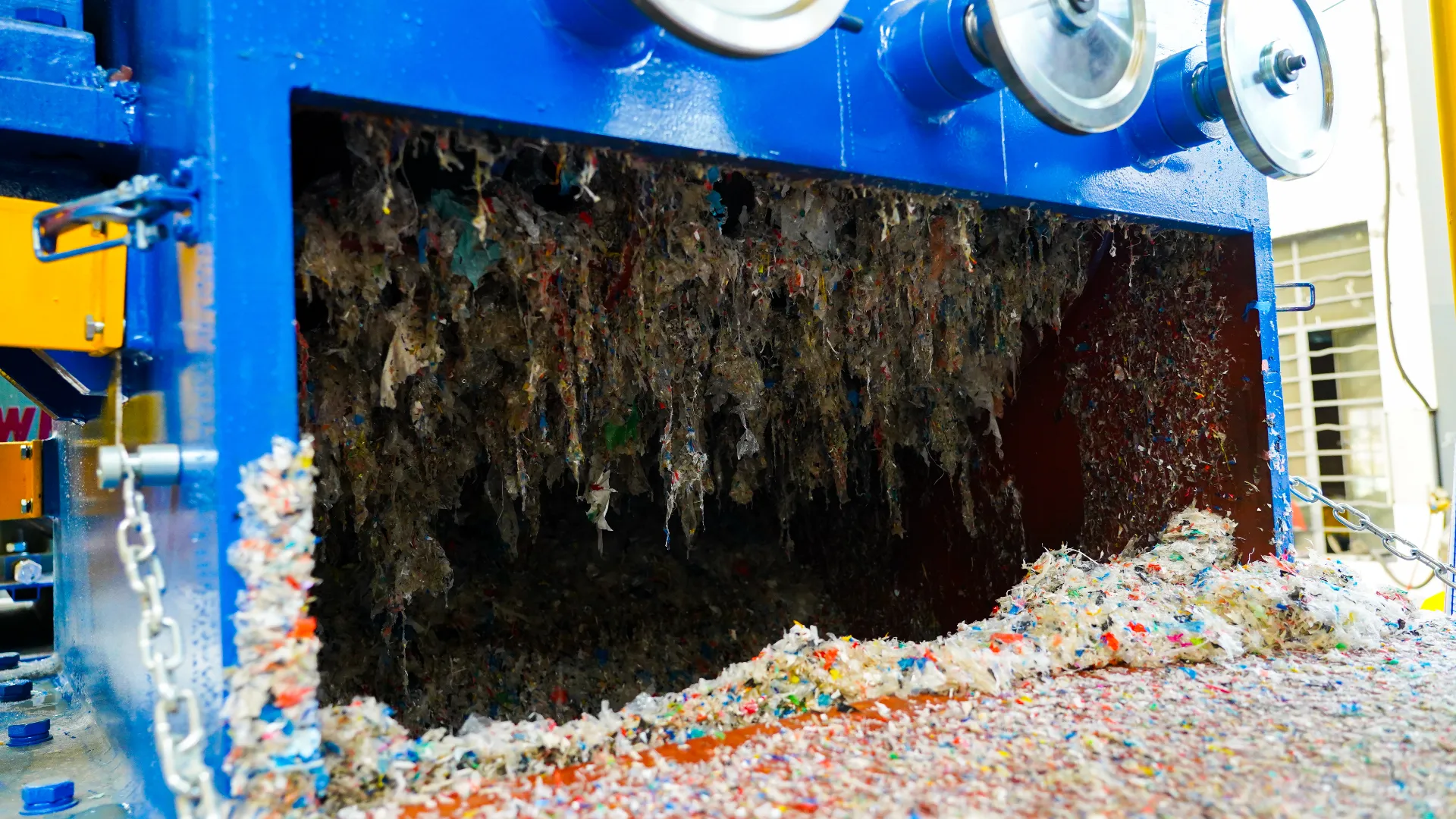Introdução
No cenário industrial em constante evolução, o papel da reciclagem de plástico é fundamental, particularmente na mitigação do impacto ambiental e no suporte a práticas sustentáveis. Central para esse processo é o uso de um triturador industrial, uma máquina robusta projetada para quebrar eficientemente vários tipos de materiais plásticos. Este artigo explora os diferentes tipos de plásticos usados nas indústrias, sua durabilidade e o processo detalhado de trituração desses materiais em um ambiente industrial.
Types of Plastic Materials and Their Durability
Plastic materials are ubiquitous in modern manufacturing due to their versatility and durability. Here are some common types of plastics used in industry:
1. Polyethylene Terephthalate (BICHO DE ESTIMAÇÃO or PETE) – Often used in beverage bottles and food packaging, PET is valued for its strength, thermo-stability, and transparency.
2. High-Density Polyethylene (PEAD) – Known for its high strength-to-density ratio, HDPE is used in the production of plastic bottles, corrosion-resistant piping, and plastic lumber.
3. Cloreto de polivinila (PVC) – PVC is notable for its durability, and is commonly used in window frames, pipes, and medical devices. It is rigid and resistant to both moisture and chemicals.
4. Polietileno de baixa densidade (PEBD) – LDPE is more flexible and less rigid than HDPE, making it ideal for plastic bags, containers, and dispensing bottles.
5. Polypropylene (PP) – PP is rugged and resistant to different chemical solvents, acids, and bases. It’s used in automotive parts, industrial fibers, and consumer goods.
6. Poliestireno (PS) – Polystyrene is widely used in disposable coffee cups, plastic food boxes, and insulation material. It offers excellent insulation properties but is less durable against impact and chemicals.
7. Polylactic Acid (PLA) – PLA is a biodegradable plastic material derived from renewable resources like corn starch, making it environmentally friendly but less durable compared to petroleum-based plastics.
Each type of plastic offers unique qualities in terms of durability, flexibility, resistance to chemicals, and environmental impact, influencing their recycling needs and methods.
The Process of Shredding Plastic Materials in an Industrial Setting
Step 1: Collection and Sorting
The first step in the recycling process involves collecting and sorting the plastic waste by type and color. This sorting is crucial as different types of plastics are processed and recycled differently.
Step 2: Washing
Once sorted, the plastics are washed to remove impurities such as labels, food residue, and other contaminants. This step ensures that the final recycled product is of high quality.
Step 3: Shredding
Here, an triturador industrial plays a critical role. The sorted and cleaned plastics are fed into the shredder, where they are cut into smaller pieces. This machine is capable of handling large volumes of material with its powerful cutting mechanisms, which are designed to deal with different plastic types without damaging the equipment.
Step 4: Identification and Classification
Shredded pieces are then further processed to identify and classify them according to quality and class. This is typically done using advanced techniques like air classification and optical sorting.
Step 5: Compounding
The final step involves melting the shredded plastic and compounding it into pellets, which can be used to manufacture new plastic products, completing the recycling loop.
Conclusão
The use of an triturador industrial is indispensable in the recycling process of plastics, facilitating not only environmental sustainability but also the efficient management of industrial waste. As industries continue to innovate and expand their recycling capabilities, the importance of understanding the types of plastics and their appropriate handling processes cannot be overstated. This knowledge ensures that plastic materials are recycled effectively, maximizing both economic and environmental benefits.



